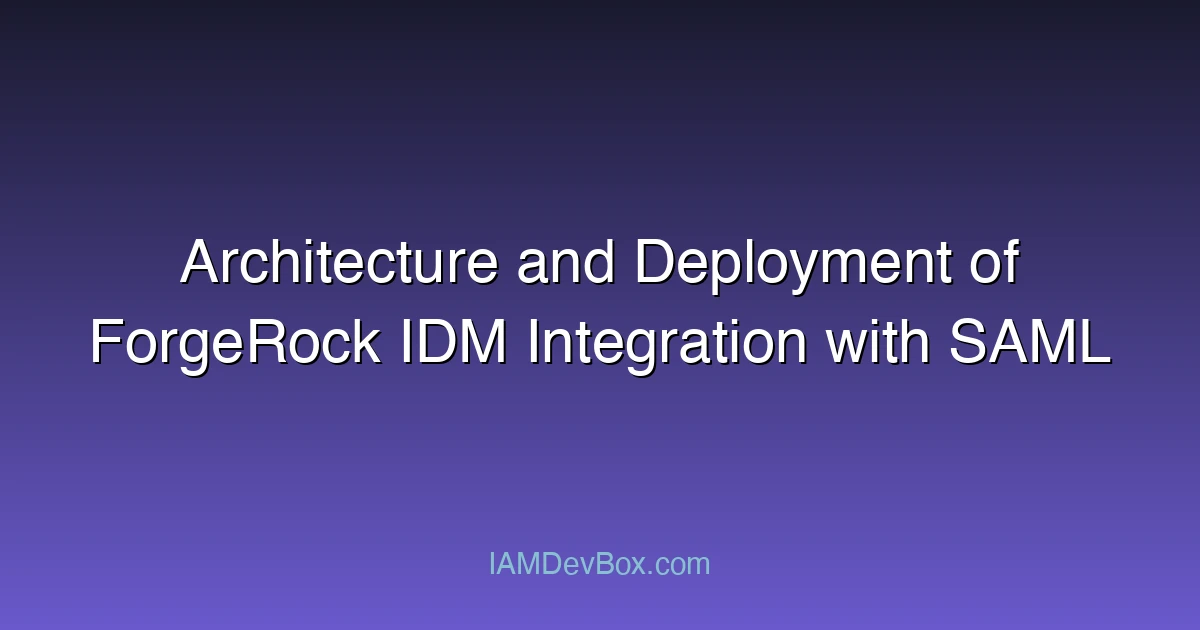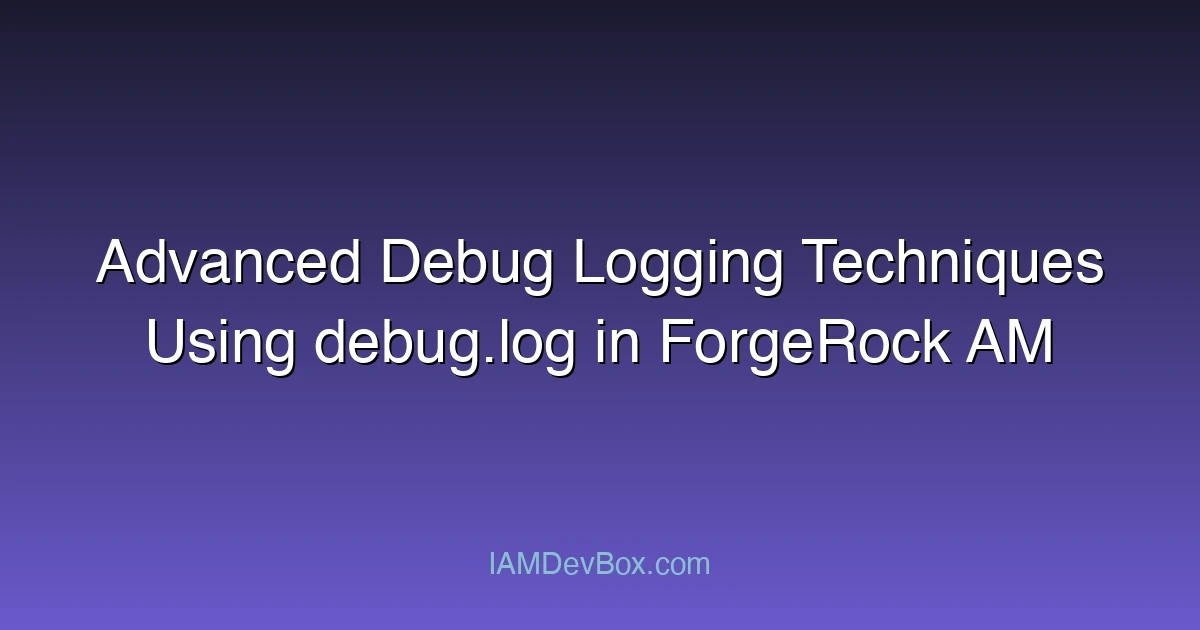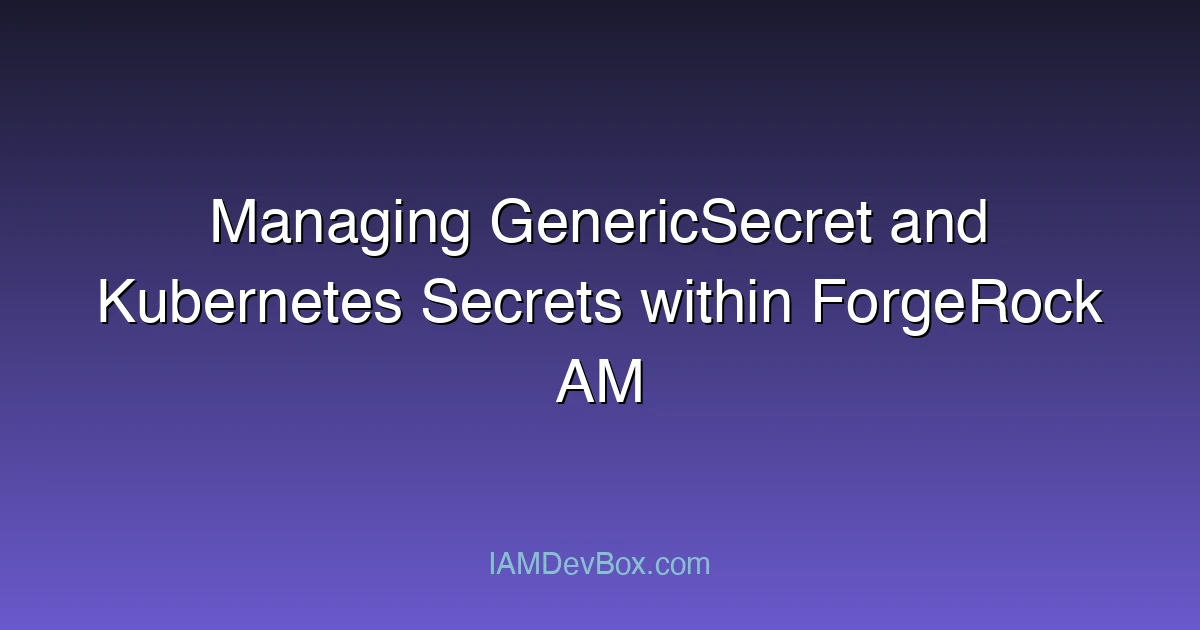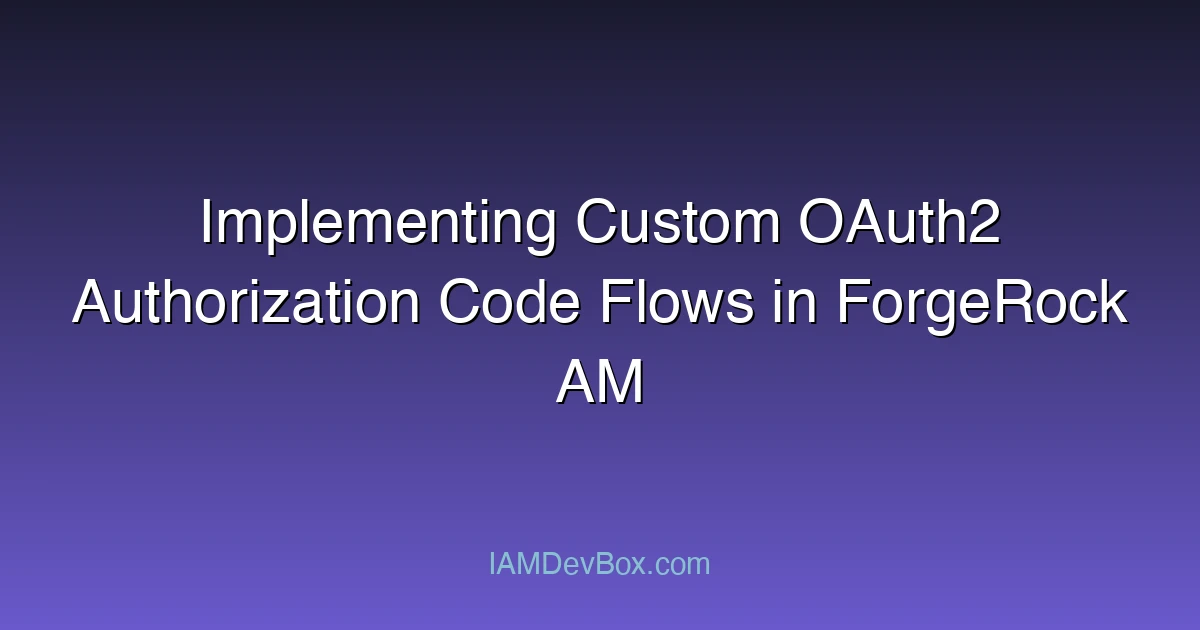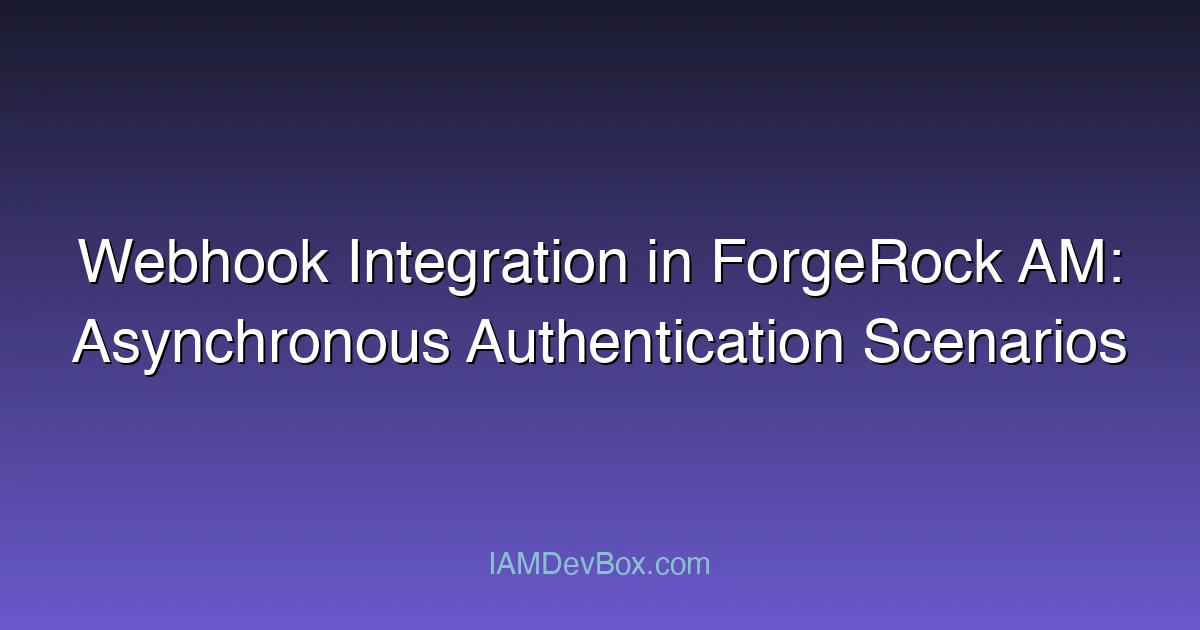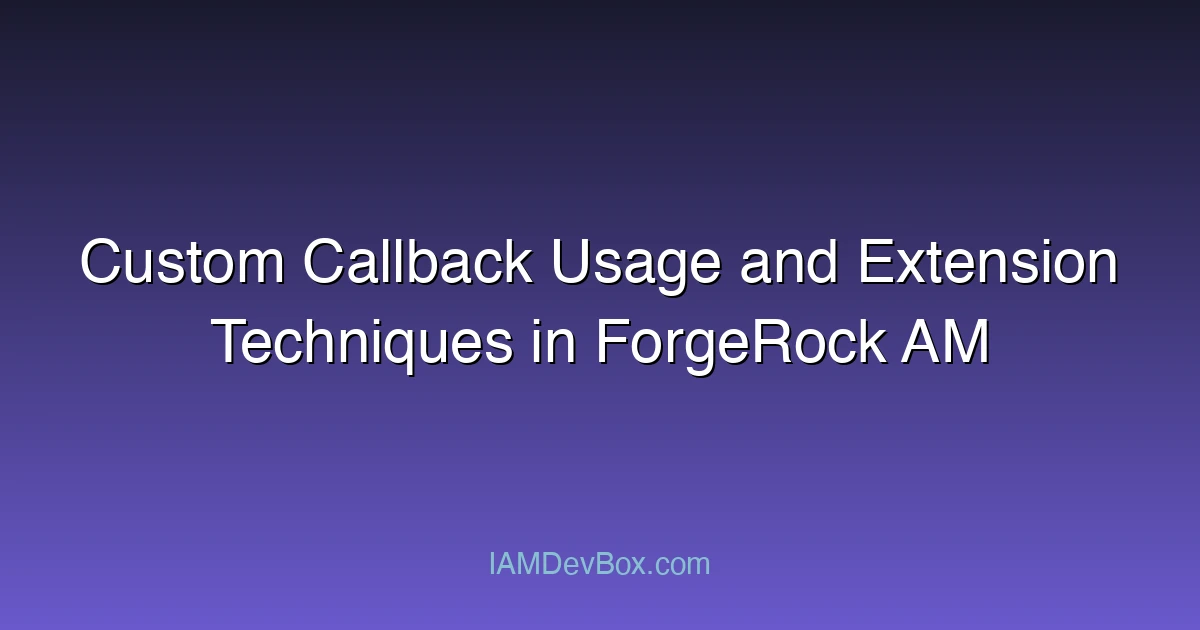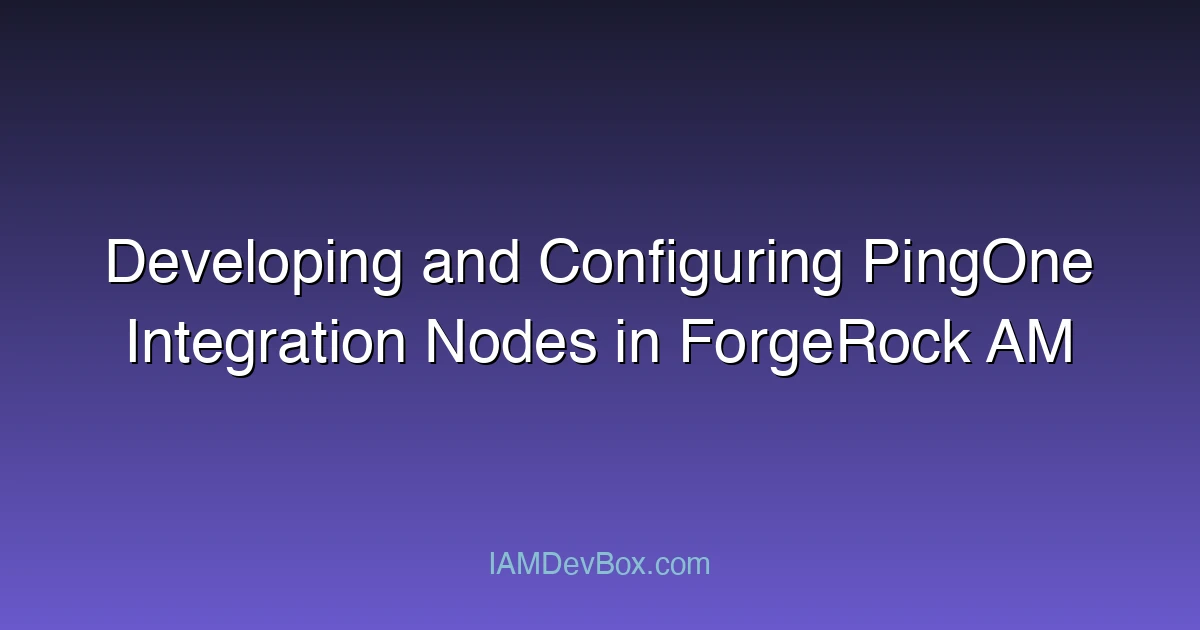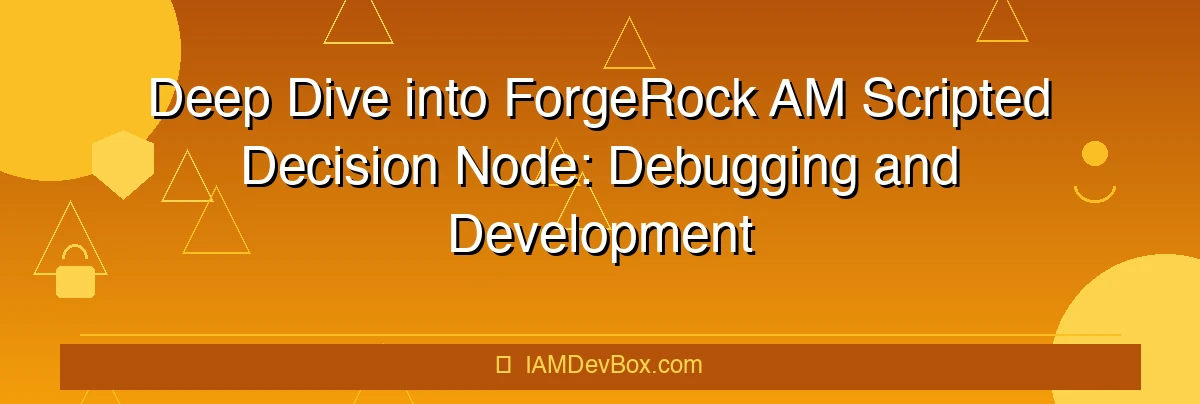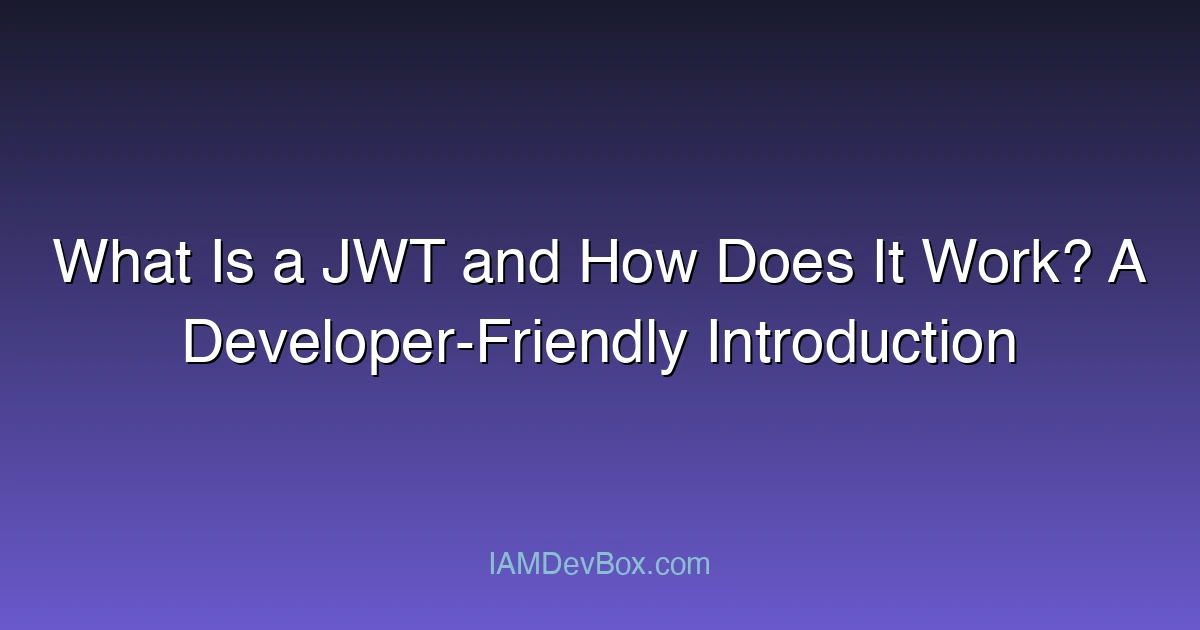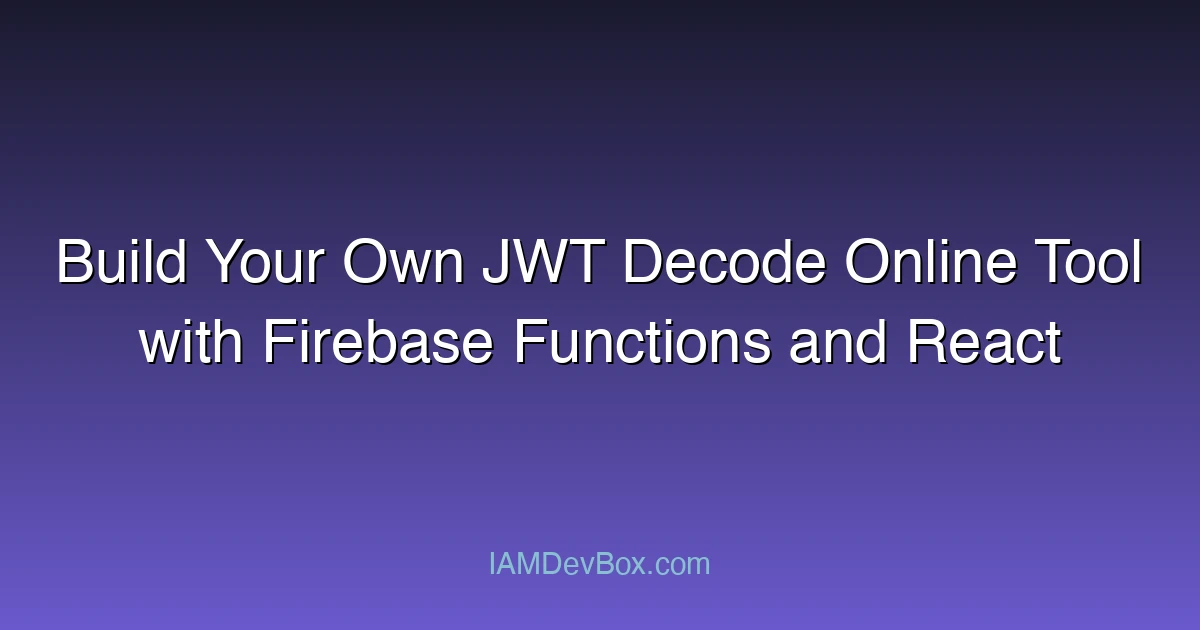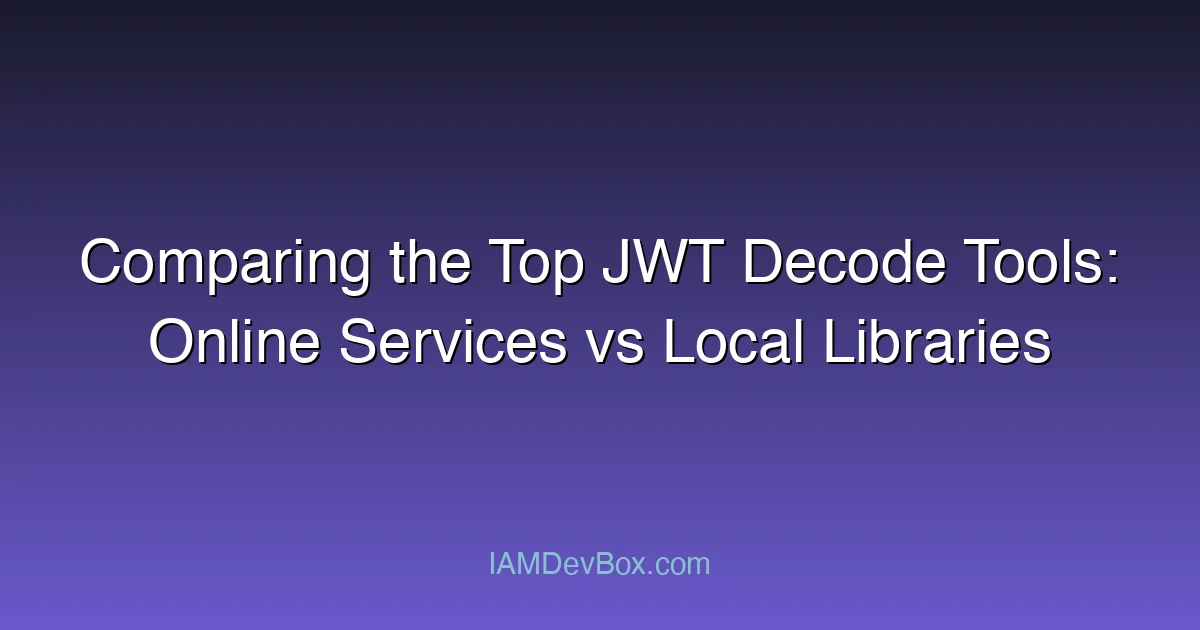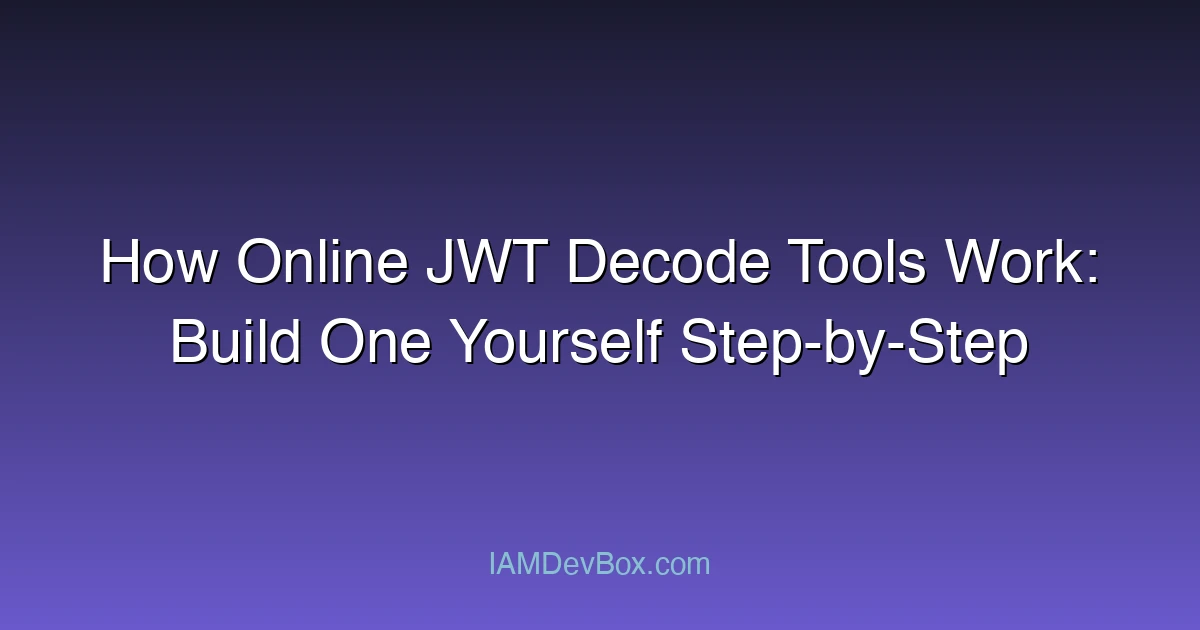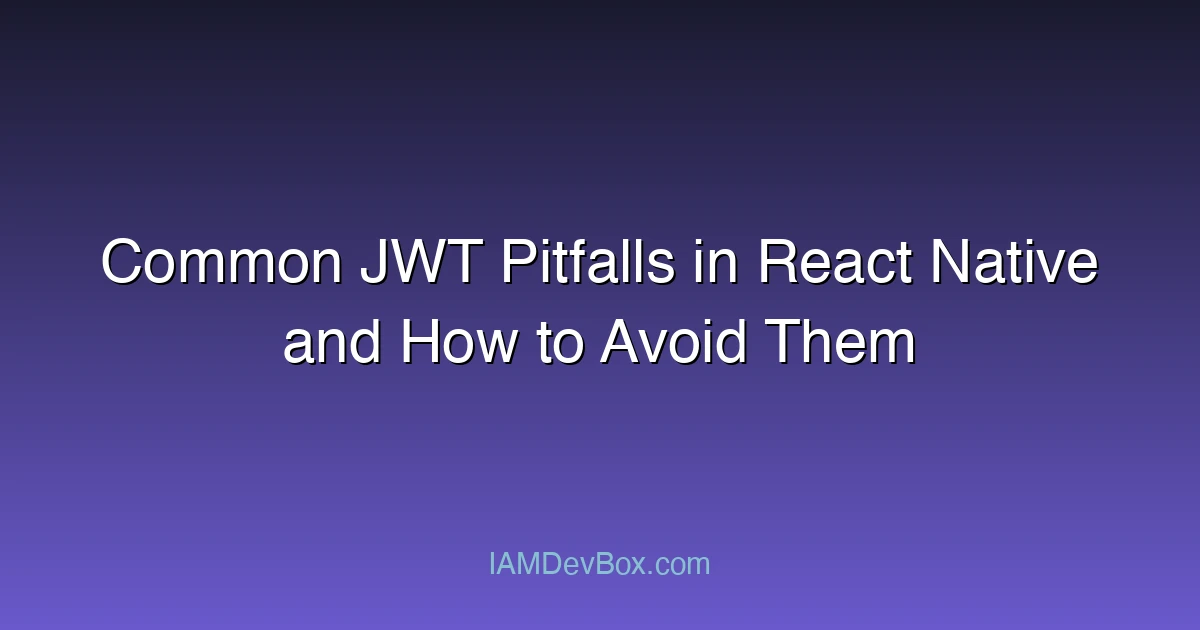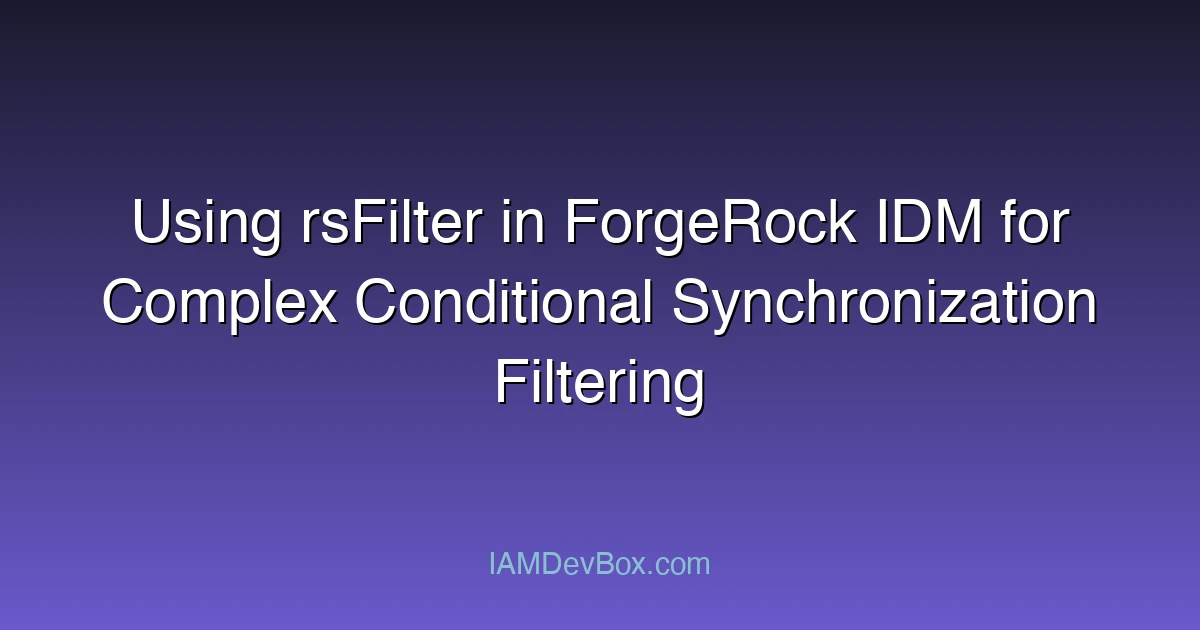
Using rsFilter in ForgeRock IDM for Complex Conditional Synchronization Filtering
Introduction ForgeRock Identity Management (IDM) is a powerful platform for managing identity and access across enterprise systems. One of its key features is the ability to synchronize user data between various directories and systems. However, in many real-world scenarios, organizations need to implement complex conditional filtering during synchronization to ensure data integrity and compliance. This blog post explores how to use rsFilter in ForgeRock IDM to implement sophisticated conditional filtering during synchronization. We will cover the fundamental concepts, configuration options, and practical examples to help you leverage rsFilter effectively. ...
